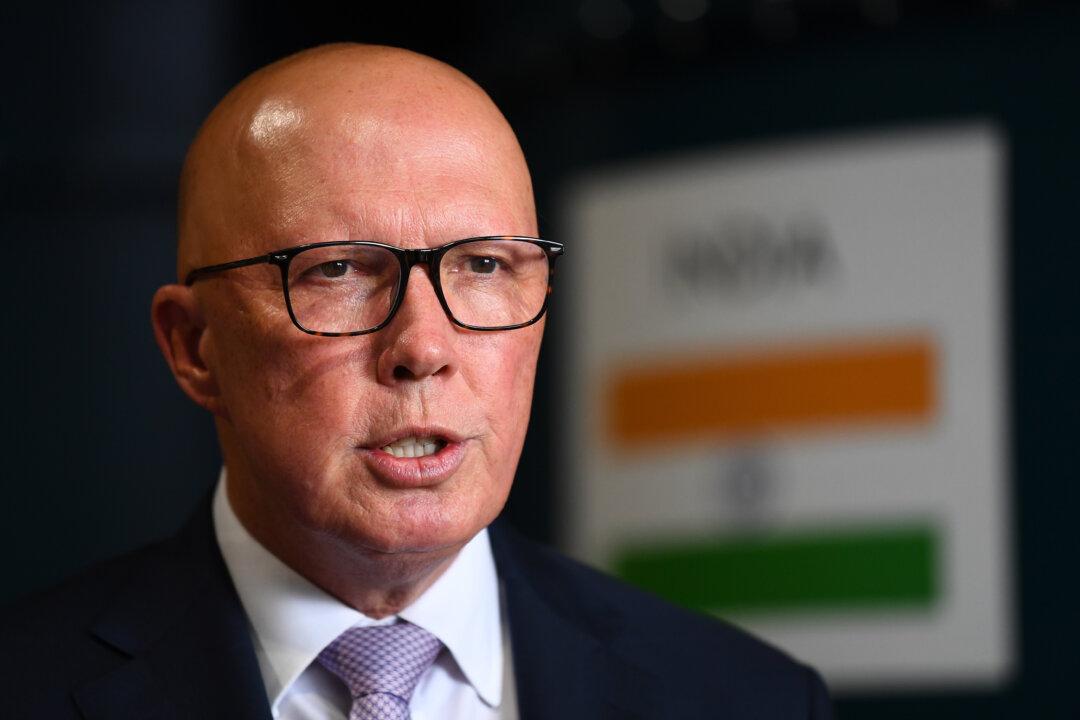Opposition Leader Peter Dutton said modelling for its plans to establish a reserve, where exporters would be required to set aside gas for the domestic market, will be released in the coming days.
He said prices would come down if more supply is introduced into the market but didn’t specify how much Australians would save.
Dutton said the government is currently choking the supply of natural gas into the economy.
“People have spoken for years and years about an east coast gas reservation. We’ve put the policy on the table and it’s about action now,” he said.
Dutton also said that expediting gas projects would provide more certainty to the sector.
Financial Impact and Modelling
Liberal Senator James Paterson said the Coalition is not planning to put a dollar figure on how much personal bills will be reduced to avoid misleading the Australian public.Before the 2022 election, Labor said it would offer power price reductions of $275 (US$173). However, the Russia-Ukraine conflict and global inflationary pressures caused energy prices to surge.
Paterson told ABC’s Insiders program that the current price for a gigajoule is around $14 (US$9), but the Coalition says the price will go down to about $10 (US$6) per gigajoule.
Labor’s Response
While campaigning in Canberra, Prime Minister Anthony Albanese criticised Dutton’s lack of explanation about how his policies would work.Albanese said the Labor government had been working to bring power prices down during its three years in office.
“The spot price is at $13—when we were elected it was $30. We’ve taken action, we’ve increased supply and what we have done is work those issues through,” Albanese said.
Labor has promised $75 energy bill rebates per household for each quarter until the end of the year.
The prime minister has also distanced himself from Labor’s 2022 election promise to lower power bills by $275.
Budget Reply
Dutton made the initial announcement in the budget reply on March 27, where he revealed exporters would be mandated to divert 50 to 100 petajoules of gas supply for the domestic market.This comes up to an extra 10 to 20 percent local supply.






